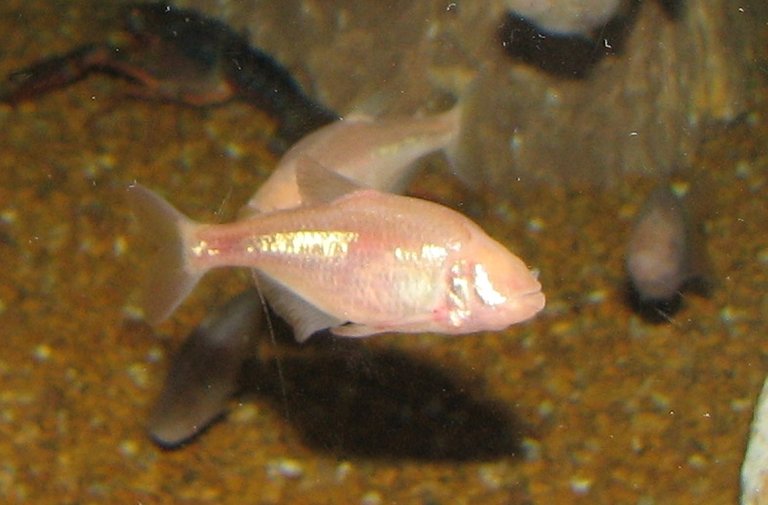
Astyanax mexicanus or the Mexican tetra is a true specimen of adaptive biology. These tiny fishes lives in caves and after million of years swimming in waters impenetrable by sunlight, they have adapted rather weirdly - not having eyes, which kind of make sense when you think about it.
After all, what is there to see?
Another striking finding about these fishes that helps researches study adaptive biology is how after million of years swimming in different waters than their river-dwelling kin, they have become a whole new species. In fact, each cave have adjusted to cavern life making each part specific and uniqe.
But if you thought that was all this fish had to offer to the world of Adaptive biology, push your jaw back up because there's more
A recent published study in the Journal NATURE found another mind-boggling adaptation of these fishes - they found out that these little fishes have all the markings or the telltale signs of being diabetic, but the only problem was that they are perfectly healthy.
That's right, super healthy
The study conducted was for the purpose of studying how these fish survives starvation because when you live in cave without sunlight to help plants to synthesise food, food scarcity is certain. Therefore, cave fish eats only once or twice a year (When seasonal floods bring in more nutrients or when bat poops dropped in).

From previous conducted studies, what we know about these cave-dwellers is that in order to survive this condition, compared to their river counterparts, cave fish stores more fat when fed and lost less weight when starved. How exactly are they doing this? Well one study did an experiment comparing between the cave fish and its cousins by giving them a jolt of sugar. After 8 hours, it was found that only the cave fish's blood is still high in sugar while the rest had dropped accordingly. Now, in human being, that high level of post-prandial glucose is a clear indicator of insulin resistance, proposing a diagnosis of Type 2 Diabetes Mellitus. To confirm the diabetic state of the fish, they injected the hormone insulin to see if their blood sugar level would drop to normal.
It turned out, it didn't go down.
Boom. Mind=blown.
Scientists then proposed that this is exactly how they have endured long starvation by bulking up their reserves during feed and use them sparingly until the next feed. But if you're in the medical field like me, what I'm more interested in is how the heck are these fishes not subjected to the bane of Diabetes? The cataracts? The relative immunosuppresion? The peripheral nerve damages? HOWWWWW??

While there's yet any answer for this, should there be any, it would greatly help us understand how to modify Diabetes in human being and potentially even cure the condition or at least, let us live with relative insulin resistance without the complications of one.
To make things more interesting, not only that these fishes are healthy, they also seem to age a lot slower than their river counterparts. Some suggest that the key to this is the ability of this fish to limit their glycation product (although how exactly they are doing this, remains to be understood). High end gyclation product is thought to be the driver of diabetes-related complications and aging so understanding how they are doing this will be of great value for the future of endocrine-related illnesses.
Thank you for reading this entry, absolutely smash the upvote button if you learned something new and follow me for more awesome contents. Do read the references below if you want to know more.
References: